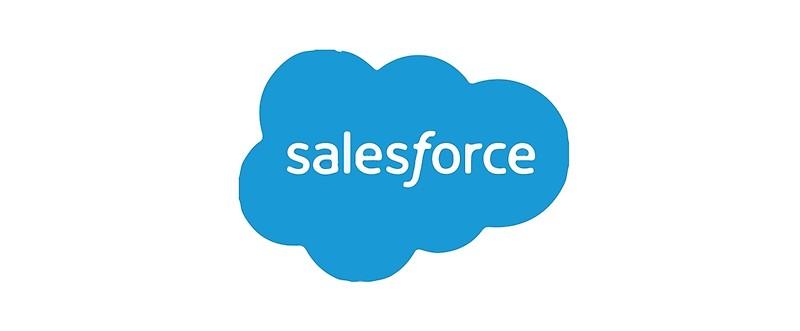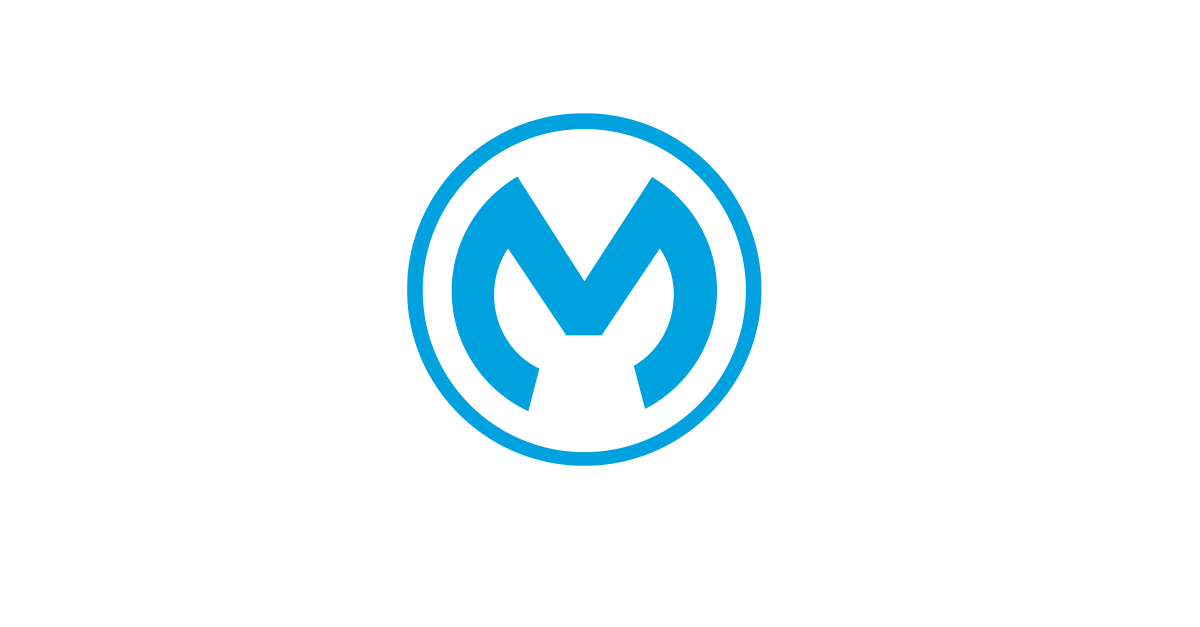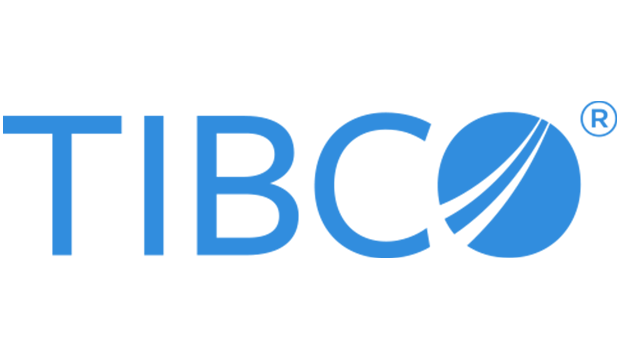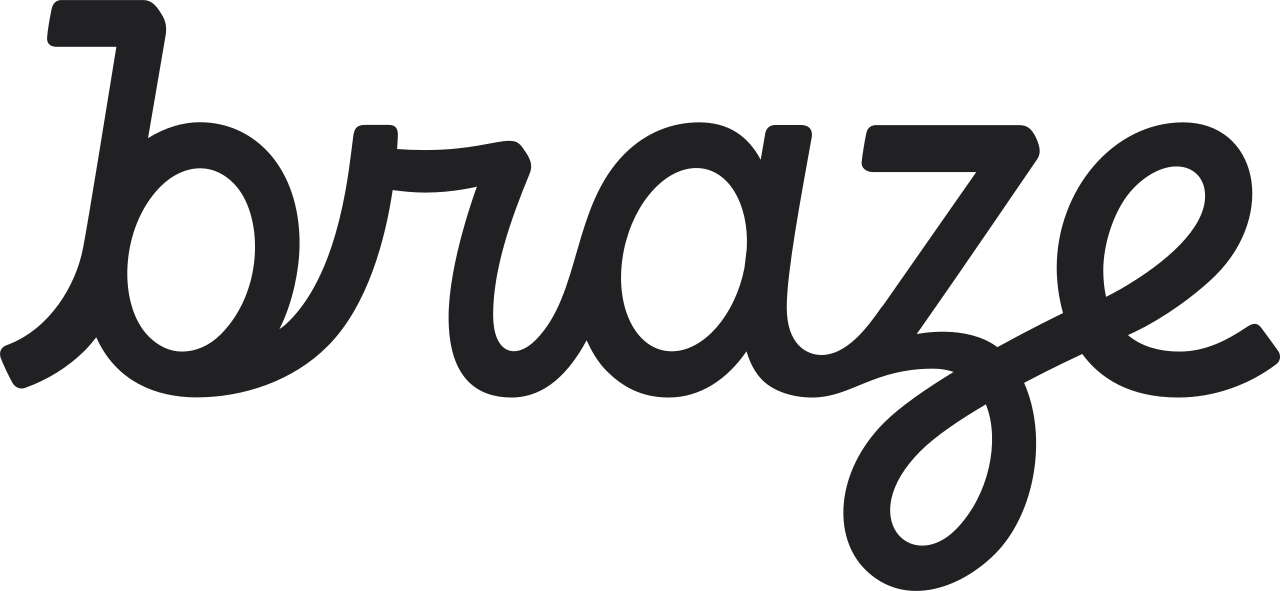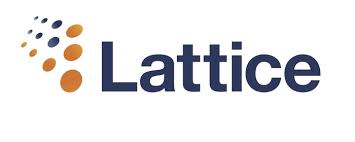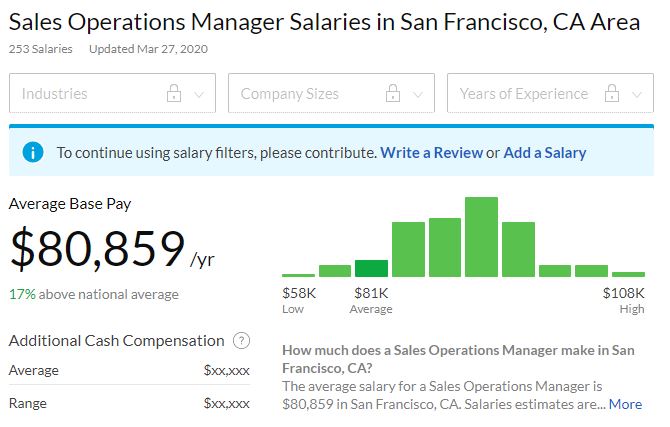Should I use a sales recruiter to advance my career? Or is it better to search for a sales job the traditional way? In this article we’ll be diving into the pros and cons of each.
Whether you are an employer or a job seeker, success at finding top-notch sales talent for your business or at nabbing the dream job that leads to your ideal career path in sales depends on the particular recruitment method you choose.
Employers can run a careers page on their company website, post urgent vacancies on job boards, participate in job fairs, give shoutouts over social media, or partner with specialist recruiters and search consultants.
Job seekers on the other hand, can explore the same platforms businesses use to find talent. They can join local career events or engage employers on social networks. They can also check out a company’s careers page, probe popular job boards, seek the help of specialist recruiters in their industry.
Each of these methods have their merits and drawbacks. But given the daunting challenges both employers and job seekers face in the highly competitive world of sales, identifying the best recruitment method right at the onset for your unique situation can be a game changer.
To help you out, here’s a rundown of the advantages and disadvantages of common traditional job search methods as well as those associated with specialist sales recruiters and search consultants.
Using Sales Recruiters: Pros & Cons
While specialist recruiters and talent search consultants have been offering job-matching services for years, not many employers and jobseekers are aware of the unique and tremendous value they provide. This is unfortunate considering the shrinking ratio of ideal matches to the number of completed onboarding engagements as the talent market becomes more competitive and complicated.
Job recruiting agencies specialize in bridging the goals and needs of an organization with those of highly skilled professionals. Often, businesses consult these agencies only when they need to fill high level positions or when they need to keep their search off the radar.
Pros
- Industry-wide connections. Specialist job recruiters virtually know all business leaders in their industry who are relevant to talent recruitment. In particular, sales recruiters know which specific enterprises (and their associated decision-makers) have an urgent need for fresh sales talent. They also know which sales leader or which sales organization have ample leg room (wait, a new series B funding?) to hire exceptional sellers even when the actual need in terms of headcount has yet to materialize. They are even aware of open jobs that stay under the radar. These HR veterans know exactly who to call up and how to engage these people with the aim of creating recruitment opportunities and completing a hiring cycle.
- Domain knowledge. Tech recruiters know the fundamental aspects regarding the human component of technology development just as sales recruiters know which skills are in high demand among sales teams; and how people can proactively fit into the selling process. They know account-based, social, solution-based, and other methods of selling; and which type of selling credentials or experience matches each framework. Specialist job recruiters under retainer arrangement with top brands know the corporate culture and preferred worker personas of the companies they serve. This insider knowledge enables sales recruiters to orchestrate the best and longest lasting people-job matches in the industry.
- Time-saving. Because sales recruiters operate with surgical precision, both employers and job seekers who use their services save considerable amount of time compared to casting very wide nets using traditional ways of job search. Sales recruiters unburden employers from the task of creating a shortlist of good candidates. They also help job seekers avoid doing multiple interviews for each company they apply to by simulating the filtering effect of the interview process for them.
- Trust. Top sales recruiters know the terrain and the dynamics of what they are doing such that they consistently deliver acceptable outcomes. This reliability builds trust, especially among hiring managers who are often beset with hundreds of diverse resumes that require long, tedious hours of diligent review just to sift a few good candidates from hordes of unqualified applicants. Job seekers handled by leading sales recruiters get extra mileage on their application, as a result of employer trust.
- Passion/driven to perform. Aside from being experts, specialist job recruiters are passionate about their role and are driven to perform because outcomes dictate their profitability. Like sales professionals, for example, sales recruiters need to “close winning deals” between a company and a sales applicant. The more such deals they close, the better their revenue and reputation get. That means you can expect job recruiters to share the responsibility of job-hunting for you.
- Cost-effective (for job seekers). Some sales recruiters do not charge fees from job seekers up front. That means sales professionals can seek help from multiple job recruiters without paying anything until they successfully land a job. However, payback happens upon any successful onboarding. Some recruiters — especially those focusing on the C-suite — which provide premium services do require payment at the onset. Nearly all job recruiters charge participating employers for their specialist services, either via a retainer, contingency, or other types of arrangement.
- Good hand in the negotiation table. Job recruiters have excellent negotiation skills, developed from years of balancing employer, job seeker, and sales recruiter priorities (they make money by playing off the relative values being exchanged by jobseekers and employers). These negotiation skills sometimes result to better compensation packages for jobs seekers but not always.
- Game-changing career advice. Some specialist job recruiters provide crucial career advice for free. Because they need to close acceptable deals with employers, they need to prime all talents under their care for every hiring challenge ahead. As domain experts, they know which skills, certifications, or credentials a job seeker needs to successfully land a particular sales role. They even advise applicants on how they should behave and answer questions during interviews.
Cons
- Incurs costs. While the cost of engaging specialist sales recruiters differs across companies and sectors, their services always come at a price. Both employers and recruiters contribute to job recruiter revenue, with employers — especially those that retain third-party recruiters and talent scouts — generally accounting for the larger share. However, there might be arrangements where potential salaries of new hires get undercut to partially subsidize business costs.
- Mismatching. While job recruiters are expected to know the career landscape and the businesses that make up their industry, a few desperate recruiters may tag a job seeker for an opening that poorly fits the applicant’s skills just to force a deal into conclusion. This unfortunate behavior results to disappointment on both the employer and the job seeker.
- Underselling. To make a hire more palatable to employers, job recruiters sometimes agree to less than optimal employment packages relative to a candidate’s credentials. While these recruiters know an applicant’s true worth, the lower pay grade or sterner benefits makes it easier to close the hiring loop and move on to the next applicant. .
- Difficulty in identifying trustworthy recruiters. The specialist job recruitment and talent search industry has grown over the years, with many new players adopting lower operational and ethical standards. This makes it more likely to engage misguided agencies — especially those operating within a contingency arrangement — who might forego high standards (re: perfect talent-job matching, cost assessments, etc.) just to close a recruitment deal.
Tips for Dealing With Sales Recruiters:
Deal only with reliable job recruiters. Check their reviews on Google and Glassdoor, and always check references.
Don’t neglect traditional job search methods — especially those that take place on interactive social channels — even when you do decide to work with a specialist recruiter.
Traditional Job Search: Pros & Cons
This category covers how to get a sales job by using online job boards, career websites, professional networks/trade portals, job fairs, and print-based/publisher-driven classified ads.
We’ve written about ways you can hack the job search process before, so check that out as well!
Pros
- Ubiquity. Millions of jobseekers/career professionals and thousands of companies/ employers use job boards, and most have accounts on networking sites like Facebook and LinkedIn.
- Familiarity. Extensive usage and broad exposure make online job boards, print media advertising, and social/professional networks highly familiar to both employer and jobseeker. Posting a job ad over these traditional channels will almost certainly be noticed by active job seekers who can, in turn, easily send applications, create online worker profiles, or upload resumes.
- Searchability. Most job boards and web-based networks provide advanced targeted search functionalities, allowing both employer and job applicants to streamline their search based on location, industry, compensation preferences, experience, and other factors.
- Ready access and ease of use. Nearly all companies and professionals who have an internet connection can easily access, use, and optimize job boards and social networks for the purpose of seeking employment or hiring talent. Over the years, both parties have become quite familiar with the interfaces and inner workings of these online talent marketplaces.
- Fast turnaround. Posting job ads, resumes, and applications takes very little time. Depending on the job requirements and the availability of native messaging functionalities, getting responses tend to be reasonably fast.
- Multiple portals, publishers, and channels to choose from. While professional networks like LinkedIn are relatively uncommon, there are literally hundreds — maybe even thousands — of job boards to choose from. Aside from the Big Three (Indeed.com, CareerBuilder.com, Monster.com), other notable players include Glassdoor, SimplyHired, USAJobs, CraigsList, Dice.com, and Robert Half. There are also regional and industry-specific talent marketplaces like Behance (for digital creatives) and StackOverflow (for software programmers).
- Low cost. Professionals who are job hunting can use social networks and job boards for free. On the other hand, employers have to shell out some amount to post job ads over most of these channels. Meanwhile, big-name brands with high employer ratings can expect steady traffic on their own career web pages, which they can leverage for free.
- Flexible posting terms. Job boards offer highly customizable post parameters and arrangements for employers when it comes to ad copy, duration, and targeting.
- Linkable. Online ad posts and worker profiles can be hyperlinked to company websites or online portfolios so that searchers can get more details about an employer (corporate culture, brand, etc.) or a job applicant (work samples, recommendations, etc.).
- Interactive/network-building. Online job boards and social networks are highly interactive, with a few having their own native messaging capability. Even when interactions don’t immediately result to onboarding, applicant-employer engagements help grow a job seeker’s professional network or a company’s talent pool.
Cons
- Multiple channels to engage. Given the runaway number of job boards and social networking sites, both employer and job applicant need to maintain presence and update their accounts on multiple platforms. Doing so requires additional time, effort, and focus.
- Intense competition. Because professionals and companies go to job boards and professional networking sites by default, competition for top-notch talent and highly desirable employers intensifies.
- Prolonged processing time. Employers often need to review dozens to hundreds of applications for each position. This makes the process of short listing ideal candidates quite time-consuming even as sending applications can be lighting-fast.
- Posting costs can pile up for hard-to-fill positions. Jobs with a long or a highly demanding list of requirements may attract many unqualified applicants but few candidates who have the necessary skills to competently assume the role. The relative rarity of qualified candidates may compel employers to keep their posts active on job boards for longer periods.
- Generic applications to job posts. Job seekers who explore multiple job boards may send the same generic application and resume across different platforms. This behavior results to less-than-ideal applicant-job matches because job seekers give inadequate focus on the unique needs of each employer.
- Possibility of good candidates not making targeted search results. Many job seekers optimize their profiles and resumes for a job board’s native search engine, primarily by using keywords. Depending on the search parameters activated, this may result to some good candidates slipping through an employer’s hiring funnel.





